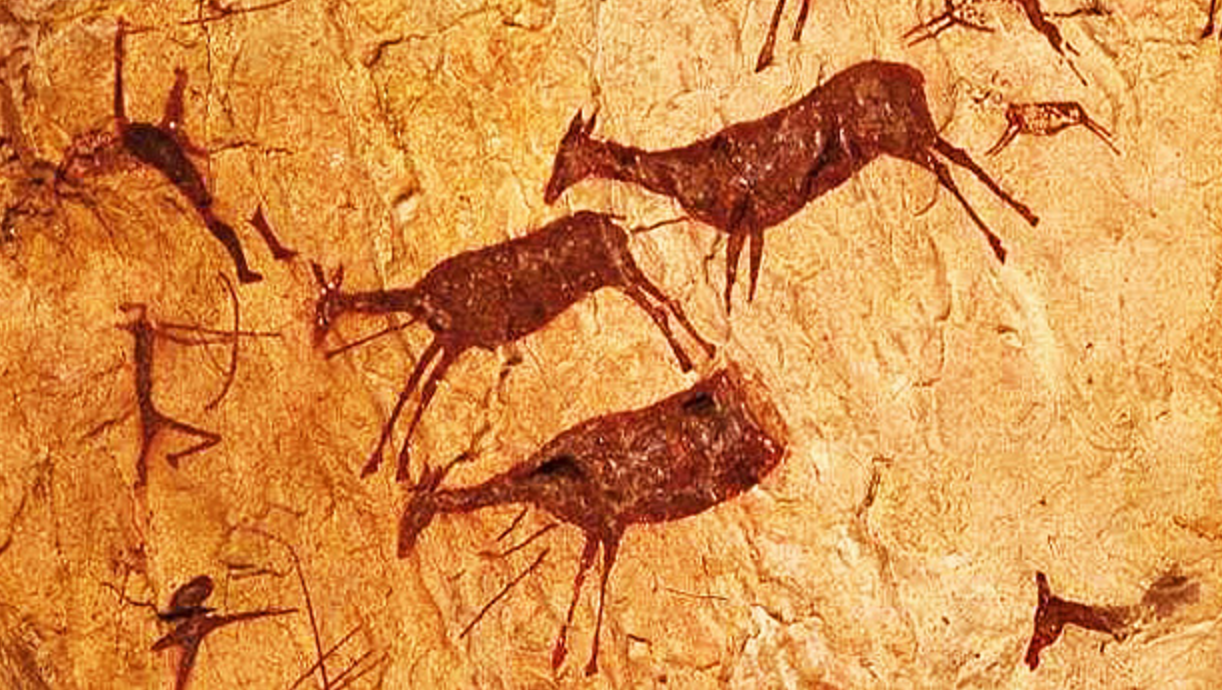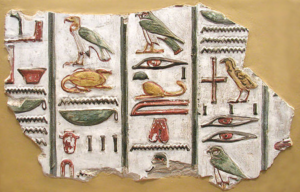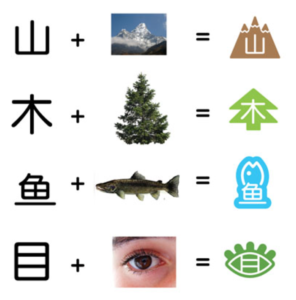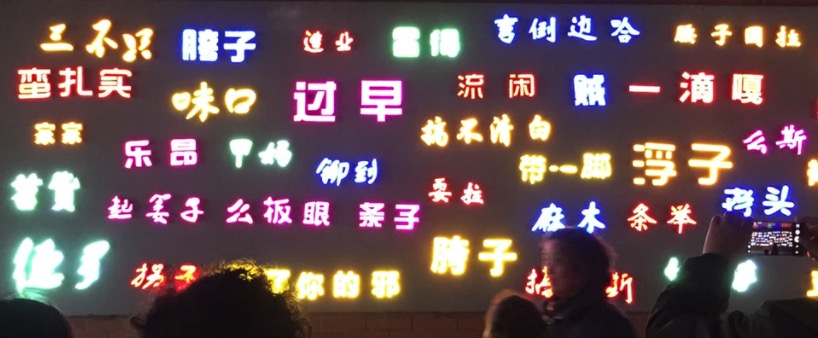
Speaking more than one language is revered in society. I pride myself on speaking three, but in reality we all speak many languages. More accurately, we all speak many dialects and that has a much bigger impact on our future than we recognise.
Since COVID, a new set of jargon has emerged: iso haircut, Covidiot, Zoombombing, WFH and Blursday, to name a few. It’s a reminder of the importance of language.
Our Best Invention: Language is humanity’s killer app. It puts us firmly on top of the food chain. We are the only species who can spread ideas by passing them down generations, across geography and even through time. The sharing of our thoughts and discoveries allows every generation to build on top of what was known before. Unlike other species, we don’t have to start again every time we procreate. Verbal, written, video and computer code make this possible. All of it is based on language.
The Many Languages We Speak: If you pay attention to how you communicate, you’ll notice you use different dialects when speaking with different people. We speak a certain way with our family – our own special shorthand. When communicating with young children, we often modify our words and simplify our ideas. With friends, we use another dialect and particularly with childhood friends, the language has an historical context to it – the language is retrofitted. I grew up in a working class suburb and I learned to adapt my vocabulary and speech so I could grow in my career. This wasn’t an accident and it didn’t happen by osmosis. The language I employed was contextual, as just having the qualifications wasn’t going to be enough.
It’s obvious in hindsight that these dialects are far more important than we imagine.
Language Evolves: We also need to remember that language is a living organism. It changes its shape over time. Words come and go, meanings shift, spelling changes and what was acceptable parlance yesterday may be offensive tomorrow. Language is the living representation of our culture and its evolution. We can see this in pop culture, where keeping up with the lingua franca of teenagers is a full time job for outsiders. Commenting on someone’s headwear as ‘that’s the biggest cap ever’ may now earn you a WTF? as ‘that’s the biggest cap ever’, now means ‘the biggest lie ever’.
It is also evident in the socio political arena. As society becomes more progressive and inclusive, sentiment isn’t enough. Today we all need to be vigilant as the onus is on the communicator not cause offence. In an era of callout culture, we all need to pay attention to the language we use.
Language and Your Career: Now let’s take this idea to the context of work, technology and your own future. Assuming most people in your firm or industry are competent, then what elevates you to the top will be your mastery of contextual languages and dialects. It’s a process that requires us to change gears all day long depending on the context. We need to know our industry jargon. Increasingly, we also need to understand the verbiage emerging from the technology sector as it permeates every industry. Knowing this dialect increases our relevance.
When you meet someone new, always pay attention to their vernacular and tone, so you can start speaking in their dialect. All of a sudden, they see you as one of them – you’re an insider and you’ve immediately overcome the biggest hurdle in any new relationship.
I unashamedly use this technique everywhere I go. I speak very differently when I’m on the ABC to when I’m on more commercial media channels. When I’m in the boardroom of a large corporation, I use financial speak: PE ratios, market caps, RPU, et al. When I hang with tech nerds, I double down on geek speak. Not only does it work, it’s fun and you only improve when you start paying attention to it. The cool thing is that it helps everyone go forward. We are far more confident about doing anything new when surrounded by people who also speak our ‘language’.
If we become more proficient in a range of dialects, we can become a translator of sorts and someone who can comfortably bridge two different cohorts. An example might be cultivating a cultural link between a startup and a large corporate. Translators are among our most valuable resources in times of rapid change like today.
Not only is language our killer app, it’s something we should be constantly hacking and paying attention to. If we evolve with it, we can be sure that we are in tune with society and invent a future for ourselves beyond our own expectations.
– – –
Keep thinking,
Steve.
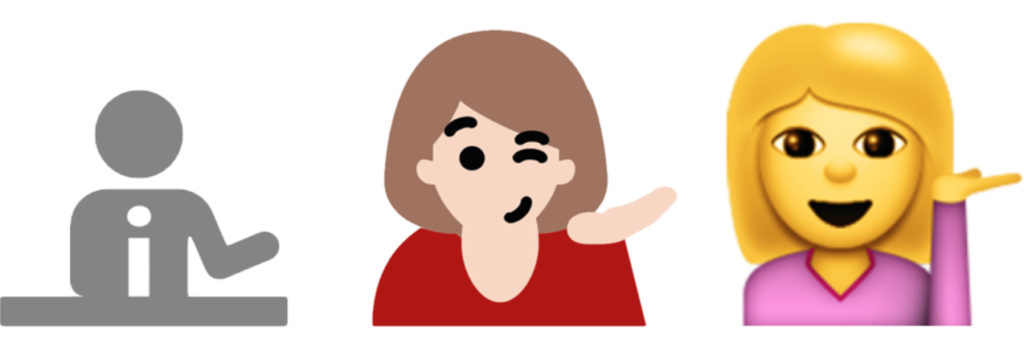 A global economy ends up with many pieces of global infrastructure. Communications system, social networks, sans-nation-state currencies, political forums, international transport to name a few. We are currently in the middle of the transition to a global language, the written version at least. Something seemingly childish is about to entirely transform the written word: emojis.
A global economy ends up with many pieces of global infrastructure. Communications system, social networks, sans-nation-state currencies, political forums, international transport to name a few. We are currently in the middle of the transition to a global language, the written version at least. Something seemingly childish is about to entirely transform the written word: emojis.